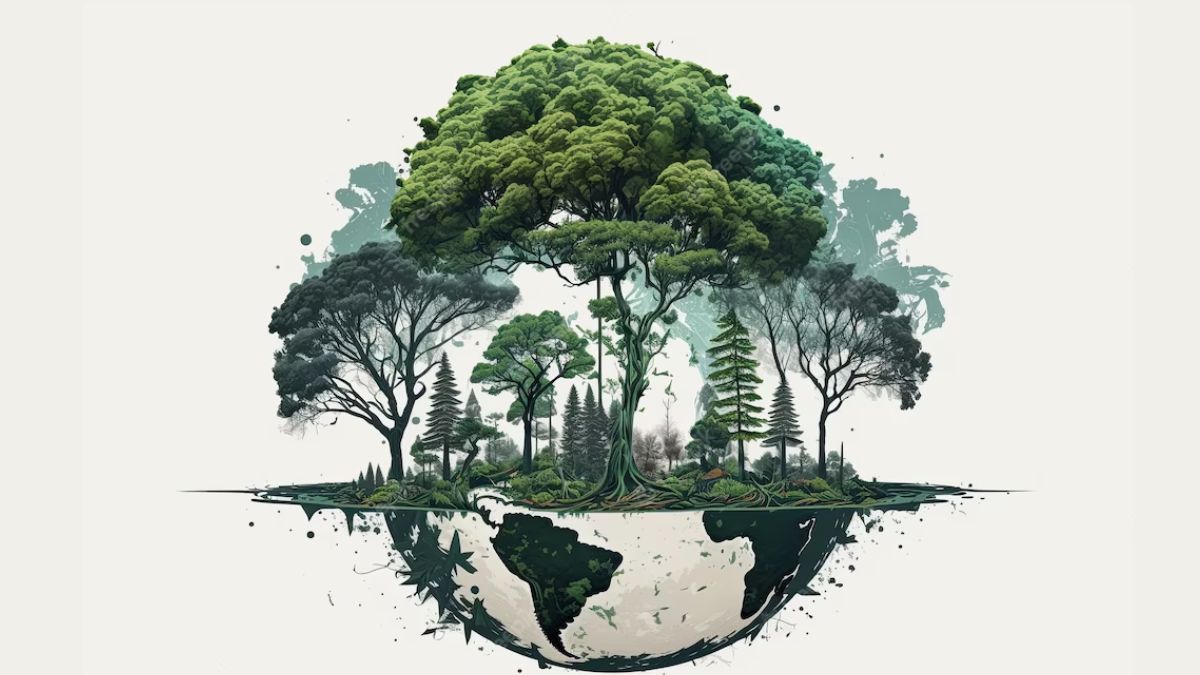- By Prerna Targhotra
- Thu, 27 Jul 2023 03:38 PM (IST)
- Source:JND
World Nature Conservation Day 2023: What are we without nature? Every year, the global occasion of World Nature Conservation Day is celebrated worldwide to draw attention to the threats to nature and ways to save and conserve nature. The day is celebrated to aware people of the importance of natural resources and ways of conserving nature.
World Nature Conservation Day 2023: History And Significance
The exact date for the origin of World Nature Conservation Day is still unknown. It aims to highlight the significance of biological diversity, nature conservation, protection of the ecosystem and balancing nature. According to the United Nations Environment Programme, we are using the equivalent of 1.6% of Earth’s to maintain our current way of life and ecosystems cannot keep up with our demands. One million of the world’s estimated 8 million species of plants and animals are threatened with extinction.

Around 75% of the Earth’s land surface has been significantly altered by human actions, including 85% of wetland areas. Our global food system is the primary driver of biodiversity loss with agriculture alone being the identified threat 24,000 of the 28,000 species at risk of extinction. With such statistics, it is extremely important to take vital steps to save nature and its life for future generations.
World Nature Conservation Day 2023: Theme
The theme for World Nature Conservation Day 2023 is “Forests and Livelihoods: Sustaining People and Planet.” The theme for 2022 was “Living Sustainably in Harmony with Nature.”
Facts About Environment
1. Although some 750 million people in the world still lack access to electricity, for the rest, everything from a computer to a television to a refrigerator needs energy.
2. The energy supply sector (electricity, heat, and other energy) is the largest contributor to global greenhouse gas emissions, responsible for approx. 35% of total emissions.
3. Globally, residential and commercial buildings consume over half of all electricity.
1690452943840.jpg)
4. Emissions from air conditioning and refrigeration are expected to rise 90% from 2017 levels by 2050.
5. Close to 90% of the world’s marine fish stocks are fully exploited, overexploited or depleted.
6. Around 3.2 billion people, or 40 percent of the global population, are adversely affected by land degradation.
7. Up to 577 billion dollar in annual global crop production is at risk from pollinator loss.
8. Declines in nature and biodiversity at current trajectories will undermine progress toward 35 out of 44 of the targets of SDGs related to poverty, hunger, health, water cities, climate, oceans and land.

